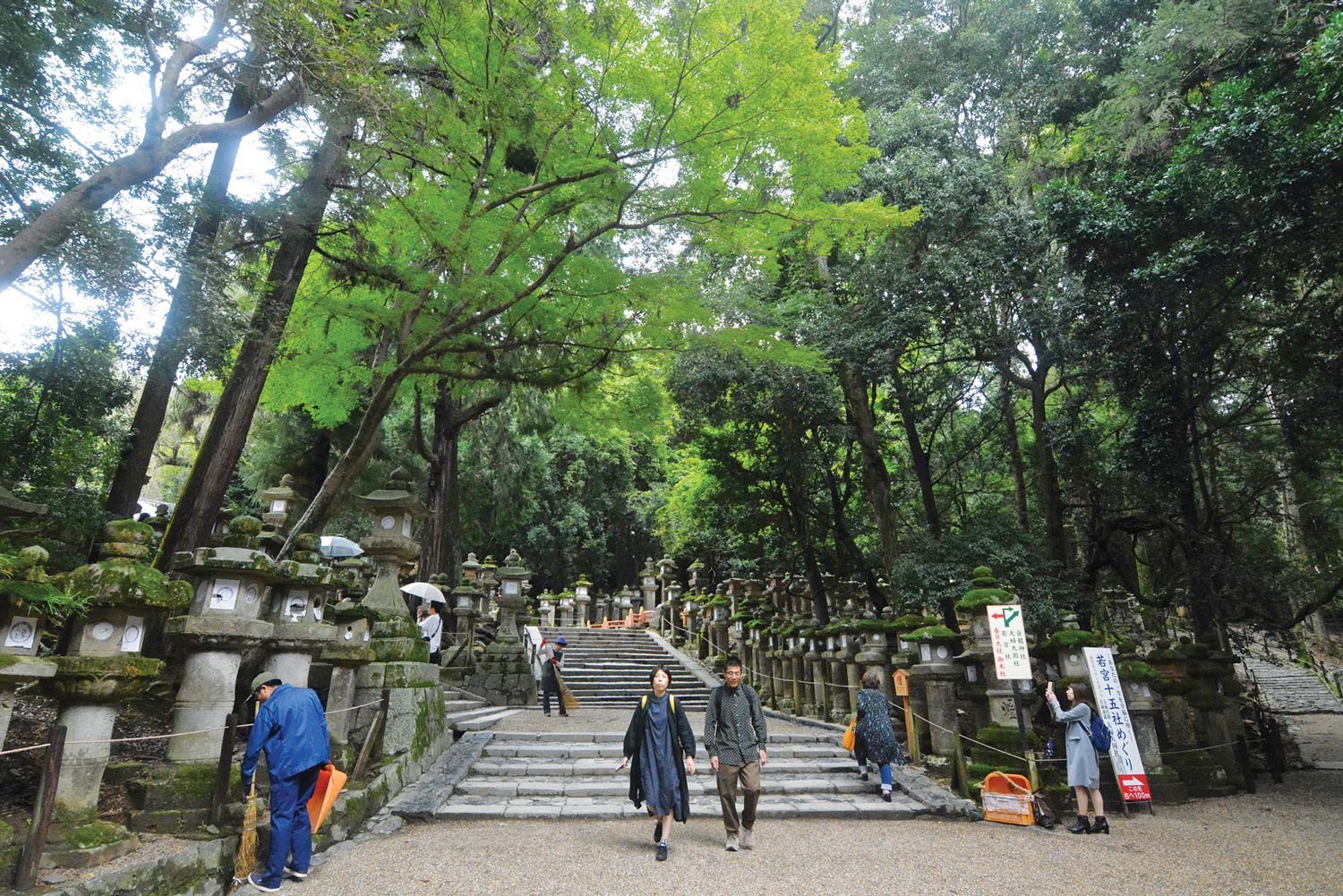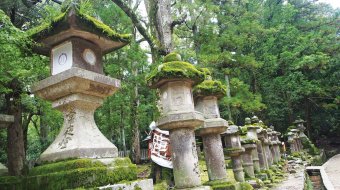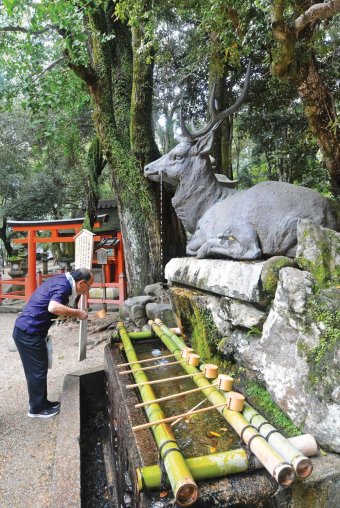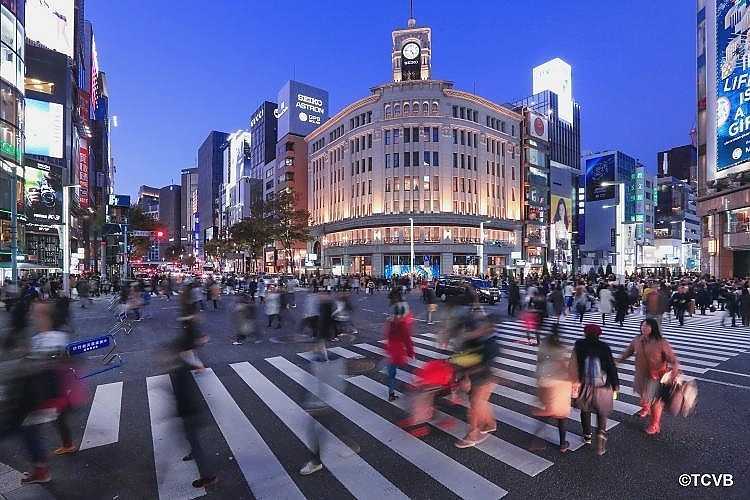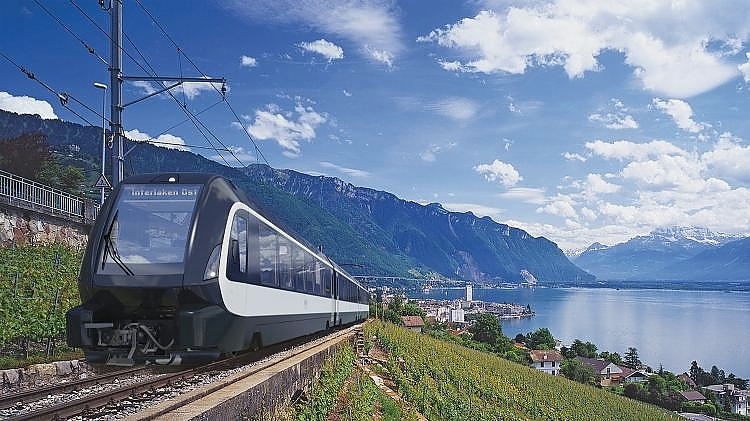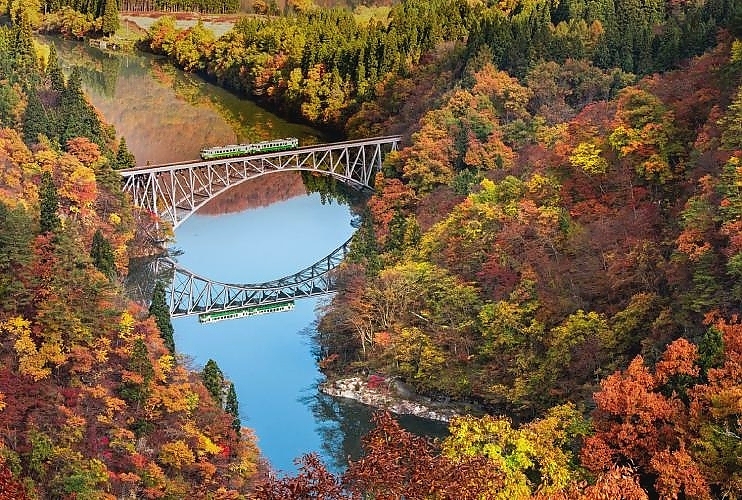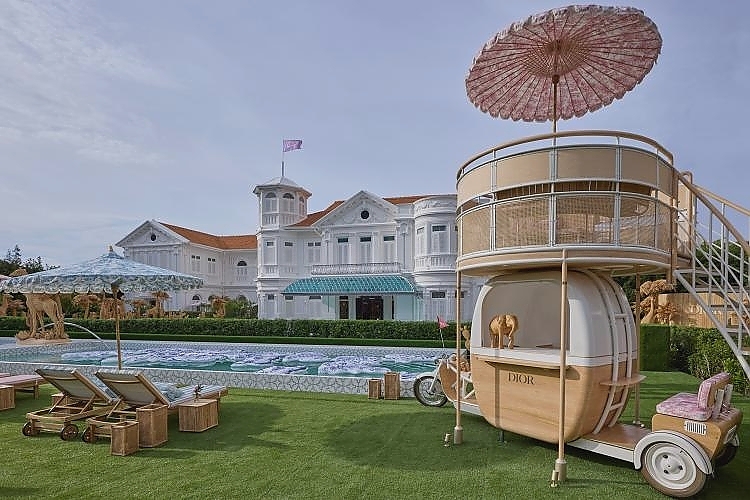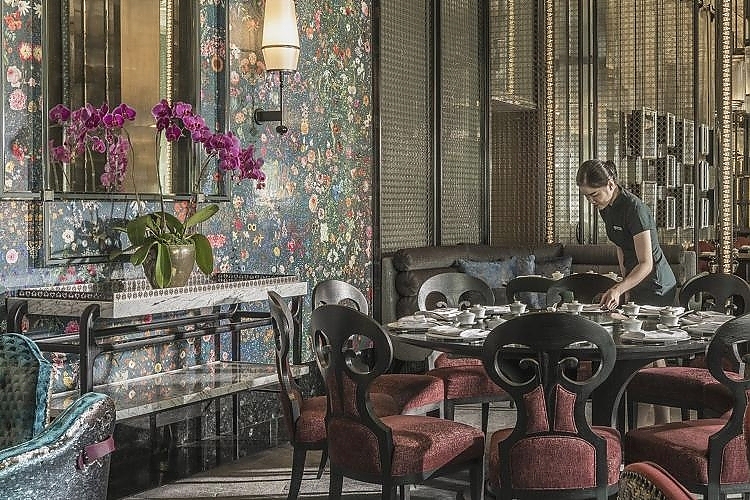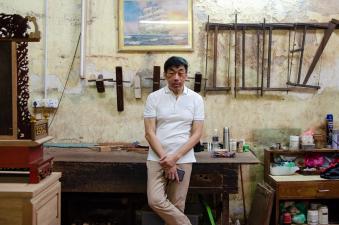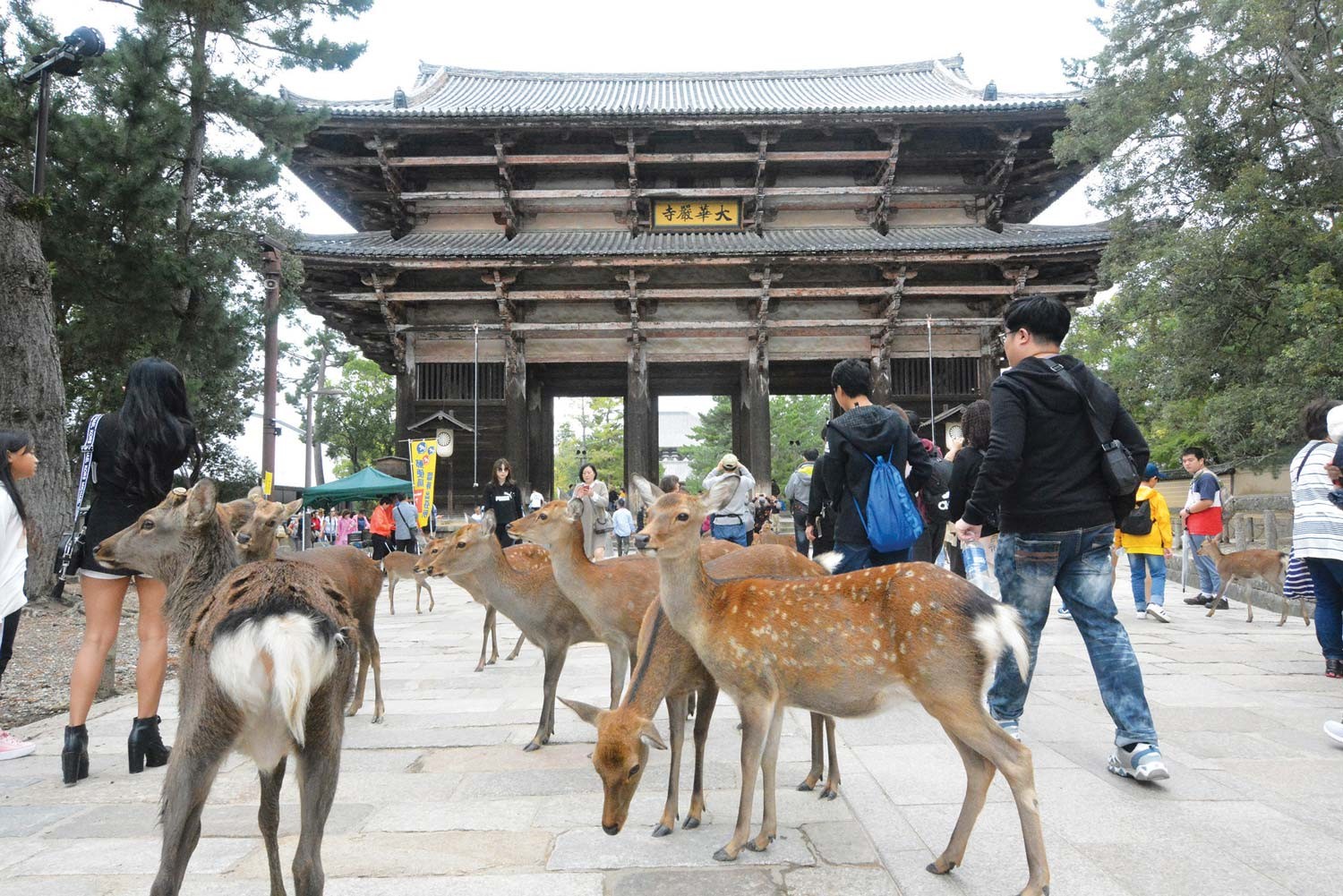Nara is Japan’s first permanent capital from 710 to 784. Now, the city still remains full of historic treasures, including some of Japan’s oldest and largest temples. Located less than one hour from Kyoto and Osaka, many visitors flood this city to interact with tame deer wandering freely at Nara Park. The park also houses the world’s largest bronze Buddha statue at Todaiji Temple.
Nara Park
Established in 1880, Nara Park vast area covers 660 hectares and is renowned for its free-roaming deer and world-famous temples. Those 1,000 over deer have been designated as a natural treasure. Deer crackers are for sale around the park, and feeding the deer at Nara Park is an attraction itself.
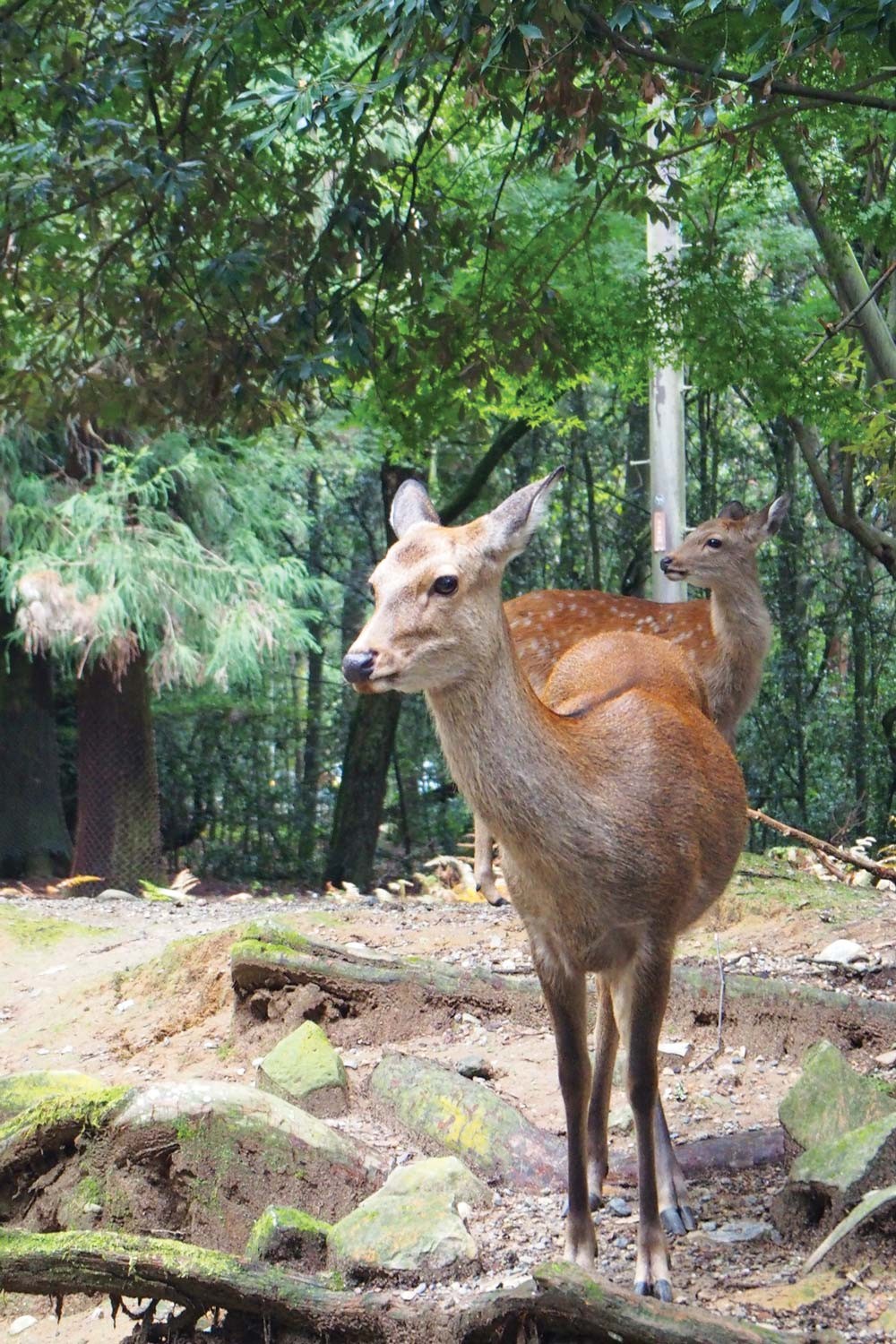
Todaiji Temple
Todaiji is a World Heritage temple in Nara Park famous for its biggest bronze Buddha in the world. To top it off, the main hall itself is the world’s largest wooden building. Todaiji Museum is a modern building close to Nandaimon Gate, which hosts rotating exhibitions of treasures from the temple, including Buddhist statuary and religious art.
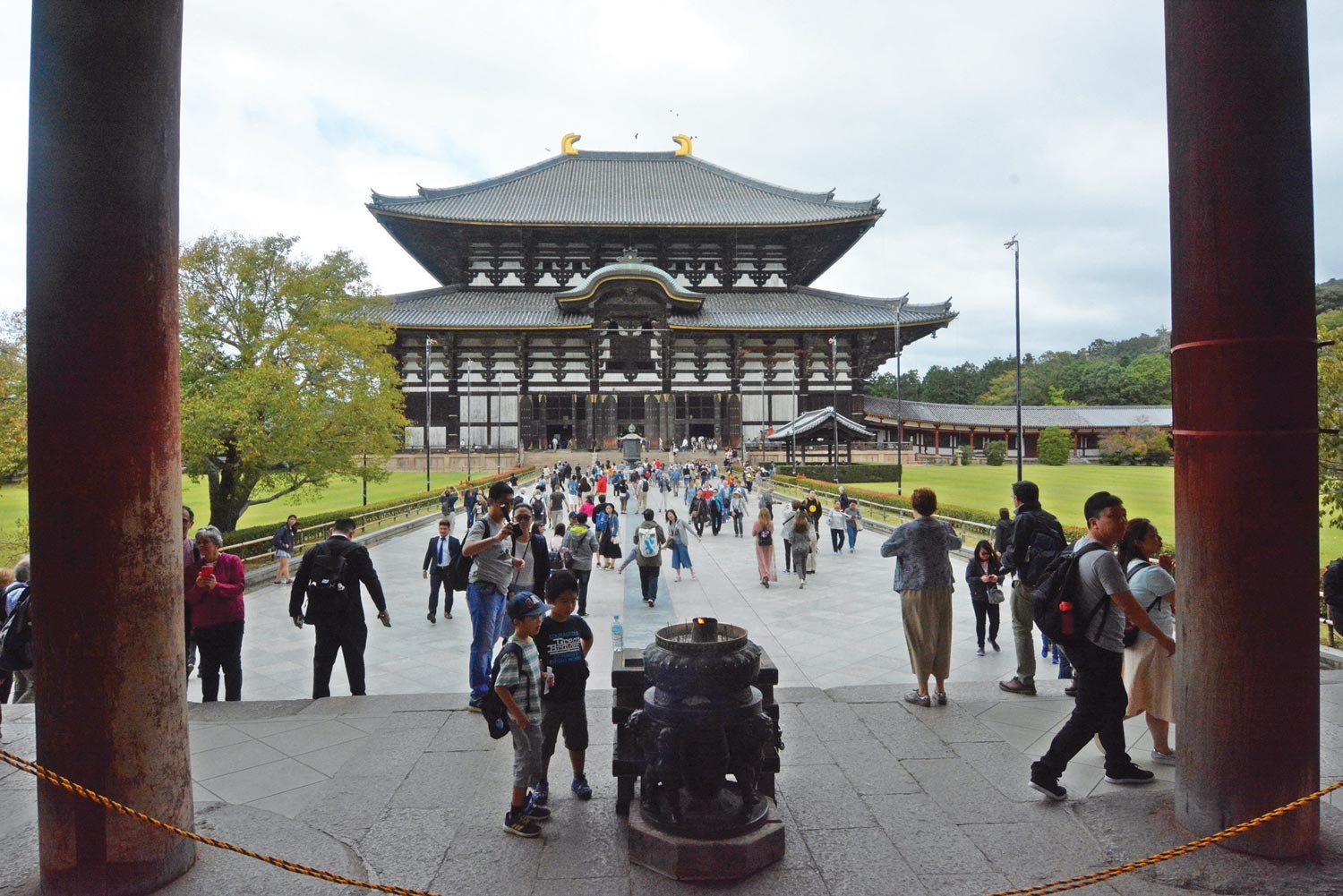
Kasuga Taisha
Kasuga Taisha is Nara’s most celebrated shrine and is listed as a UNESCO Heritage Site. It was established at the same time as the capital and is dedicated to the deity responsible for the protection of Nara city. This shrine is famous for its stone and bronze lanterns, while The Shinen Manyo Botanical Garden which has over 200 kinds of plants is another popular spot to visit.
